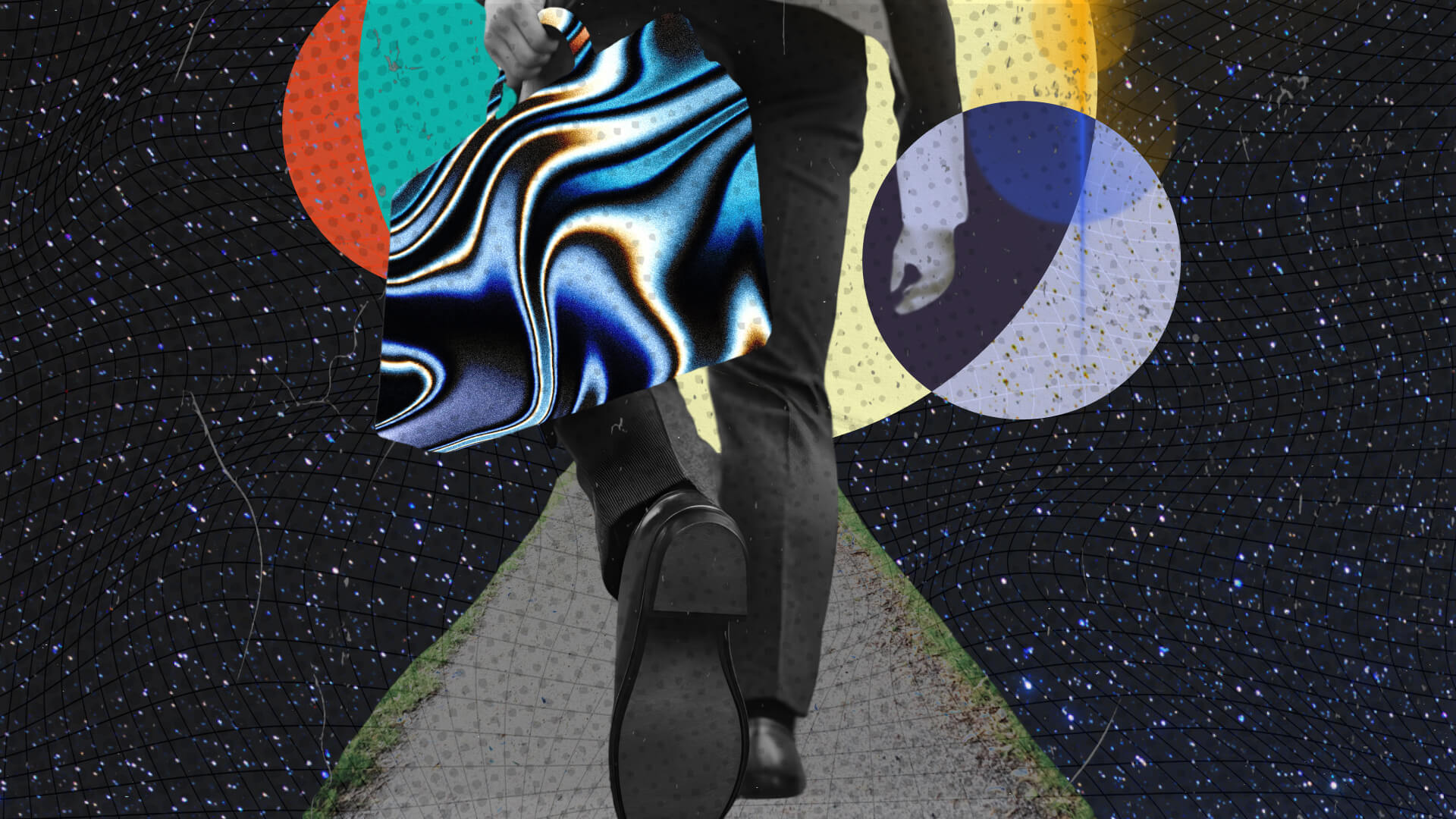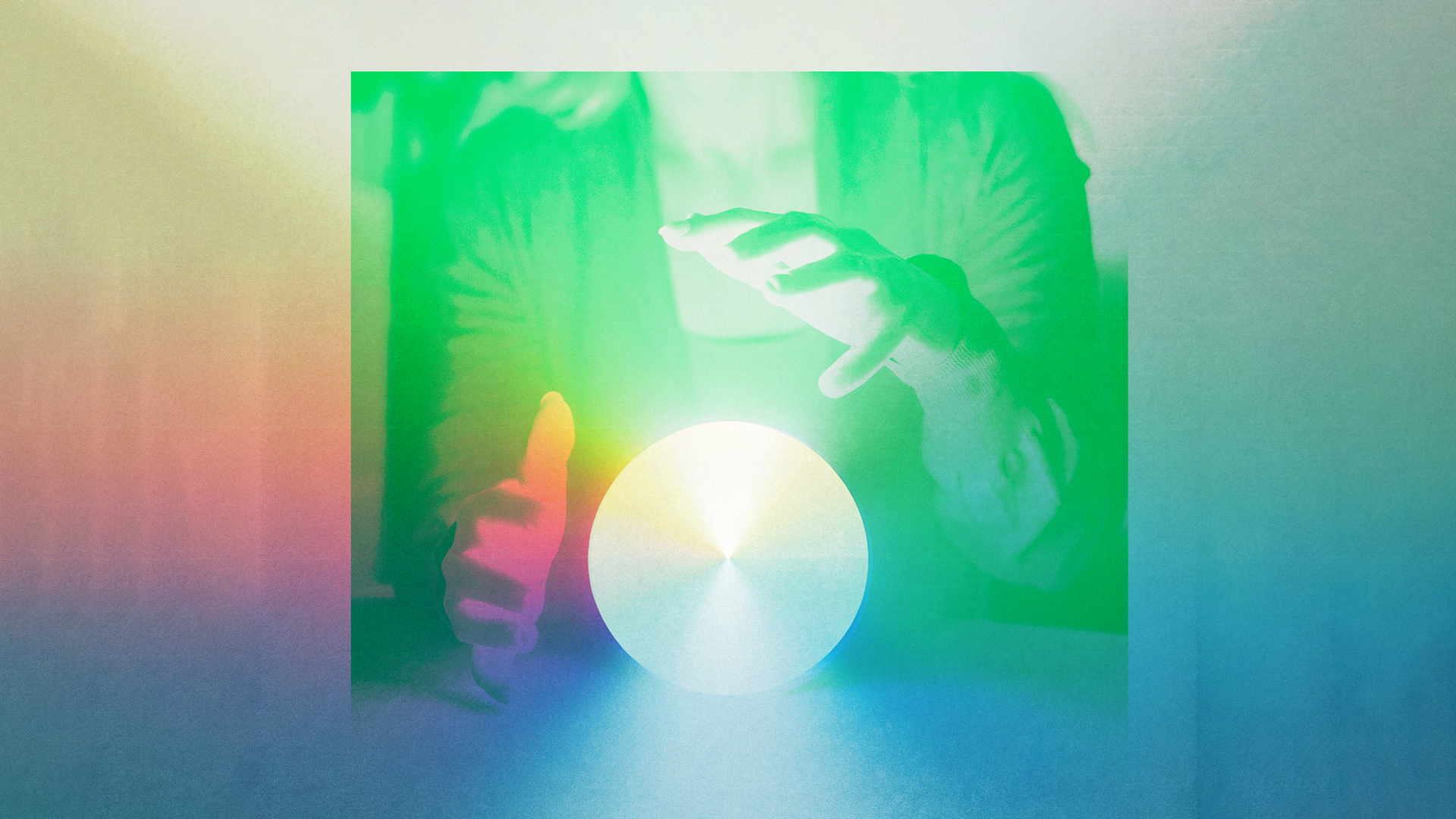The “used future” trap
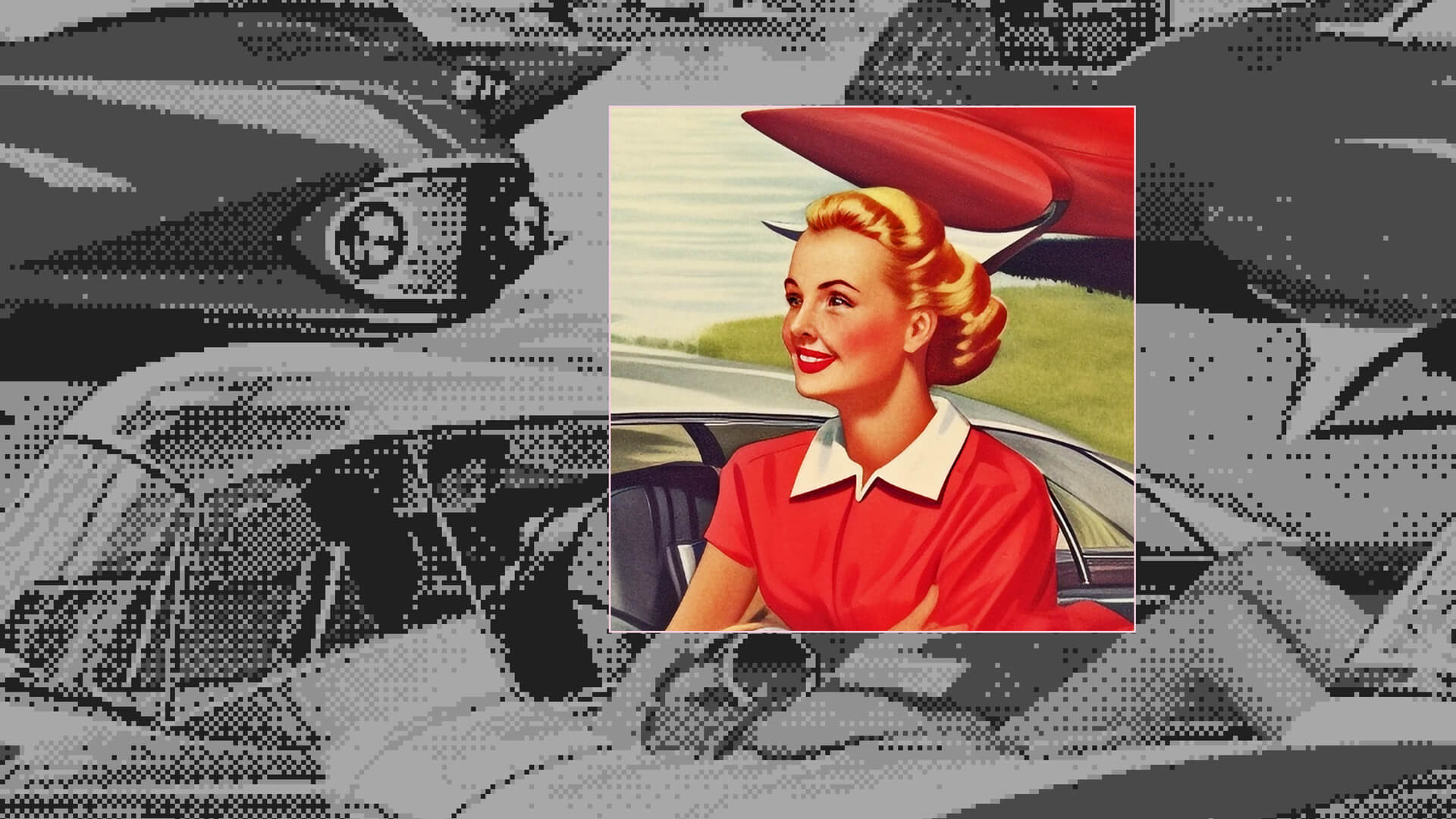
I’ve been waiting for a housekeeper robot since I was a kid.
Growing up with a Jetsonian vision of push-button dinners and automated cleaning, I imagined coming home to a house managed by a trusty humanoid helper. In hindsight, that glimpse of the future wasn’t a bold vision of what could be in 2040; it was a 1960s dream.
In our pursuit of future-forward thinking, we often find ourselves recycling outdated paradigms. This phenomenon, known as the “used future,” refers to the adoption of established ideas and models without critical examination of their current relevance or efficacy. First introduced by Sohail Inayatullah, a pioneer and leading voice in the field of futures studies, “used futures” are ideas about the future that we inherit without criticism, ideas that resonated in the past but are no longer fit for our emerging realities. The image of a humanoid robot tidying the home is just that—a nostalgic picture of tomorrow that distracts us from the more systemic innovations we need today. Which, given our current context, should look more like redesigning entire systems for living, rather than just one gadget for individual efficiency.
As a futurist, I am fascinated with the concept of the used future. Many leaders and organizations I work with unintentionally operate on autopilot, constantly recycling old beliefs and assumptions about what people want, what good or better looks like, or what technology should enable. Even futurists unthinkingly adopt concepts developed in different contexts and timelines, leading to solutions that are inappropriate or even detrimental to current needs. Designers who go after used futures are at risk of building yesterday’s dreams without realizing they're already stale. This is evident in many of the “redesigned” systems we see in today’s world:
- Urban planning that continues to favor car-centric infrastructure despite growing awareness of the benefits of pedestrian-friendly and sustainable transportation.
- Educational systems that still mirror the industrial revolution's factory model, emphasizing standardization and conformity over creativity and critical thinking.
- Healthcare that focuses on acute, episodic care, neglecting holistic, preventative, and community-based wellness and public health approaches.
- Office designs that prioritize “modernized” cubicles and centralized workplaces, overlooking the potential of hybrid models and third spaces, and ignoring costly commutes and work-life balance issues.
Each of these systems carries the DNA of an older future that doesn’t fit the reality we’re living in or the expectations we have for the future. Most attempts to redesign or evolve these systems and so many others are myopic and incremental at best—more akin to remixing previous fixes than driving paradigmatic change.

It’s an easy mindset to slip into. Over many years of doing futuring work with clients and graduate students, I’ve returned to the same exercise. I ask them to close their eyes and “imagine the year 2040.” Almost invariably, their minds leap to the familiar—flying cars, corporate dystopias, and neon-lit cityscapes of sometimes decades-old popular culture. The futures they could imagine are limited by inherited visions of what could be.
To break that loop, I’ve started changing the prompt. Instead of “What does 2040 look like?” I ask, “What does your birthday in 2040 feel like?” Suddenly, the answers are different. They talk about who they hope would be there, where they would be, and what they would be doing. The future becomes grounded in something personal, emotional, and ultimately, human.
And that’s where real futures thinking begins. The key is to notice when you are repeating someone else’s vision of tomorrow and get curious enough to imagine your own. But how, exactly, can you sidestep the used future?
Here are five techniques I use regularly that can help transcend the limitations of the used future:
1. Identify emerging signals
Looking past today’s dominant narratives means tuning into faint signals of the future, early indicators of change that hint at what might be plausible tomorrow. These signals are not trends yet; they’re provocations, cultural artifacts, early-stage experiments, or subcultures operating at the edge.
Consider IDEO’s Future of Automobility project from 2015. Introduced long before autonomous vehicles hit city streets, this work mapped a world where vehicles were shared, adaptive, and integrated into a broader urban ecosystem. It didn’t ask, “How do we make cars better?” It asked, “What happens when we stop designing around car ownership?” By interpreting early shifts in technology, social behavior, and city planning, the team envisioned new mobility platforms that anticipated today’s transformations in transportation infrastructure. Witnessing the most recent “carriage-style” entries into the autonomous market in the Bay Area, it’s impossible to miss the similarities between what IDEO imagined mobility could be and where it is today.
To avoid the trap of the used future, we need to be less obsessed with forecasting with certainty of what will happen and far more courageous in noticing signals for what is possible, no matter how speculative it feels.
2. Question the framing
Used futures often sneak in through the front door, via projects that frame the problem to be solved using assumptions, categories, or language that come from the past. That’s why it’s critical to ask: Is this work going after incremental improvement or transformational reimagining? “Better-than-today” efforts may optimize the status quo, but “future of” briefs open the door to strategic reinvention.
IDEO’s collaboration with Conservation International initially focused on protecting biodiversity hotspots. Through reframing, the team moved from traditional conservation messaging toward building a new cultural paradigm: helping people recognize nature as a source of emotional, physical, and spiritual well-being. This new context led them to think of nature as their client, shifting the way conservation is valued and communicated in human-centered terms. It was a significant reorientation of purpose rather than just a new message.
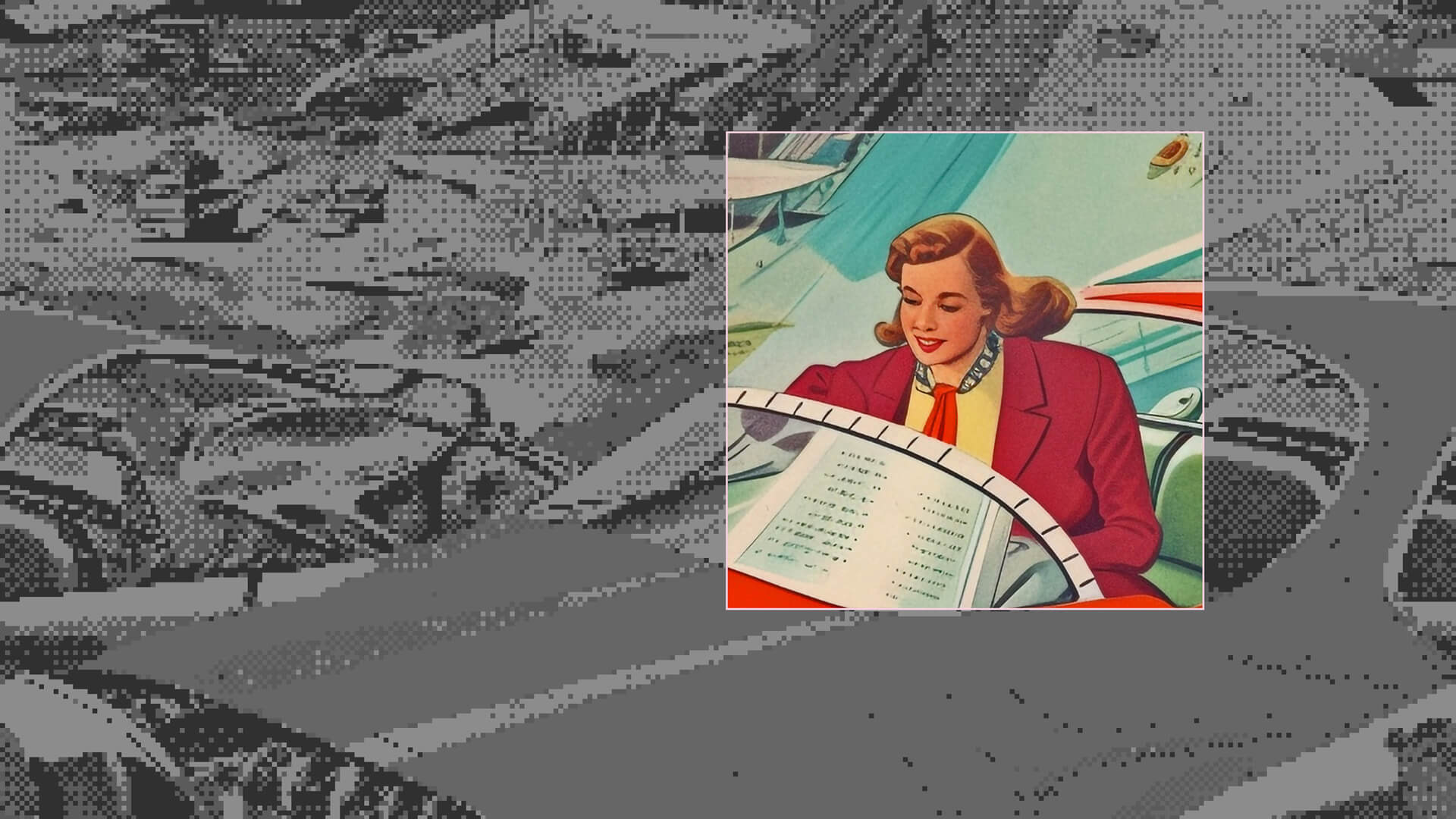
3. Prototype tangible futures
It’s hard to unlearn the futures we’ve inherited unless we see, touch, or experience alternatives. Prototyping tangible futures helps us push beyond habitual thinking and brings speculative ideas into experiential form. This might mean creating speculative artifacts like newspapers from the future, designing future rituals like a daily huddle with your AI agent, or simulating entirely new systems.
At IDEO, teams often use tangible futures techniques to prototype new products, new services, and new ways of behaving. When teams work on “future of health” projects, prototypes might include a mock clinic that embodies an alternative care model, a future policy pamphlet, or the interior of an autonomous ambulance. These prototypes for interactions are tools for stress-testing assumptions and unlocking insights creating momentum that stakeholders can react, iterate, and imagine together. You don’t need a time machine to imagine what could be; you simply need a prototype.
4. Create human narratives
Too many future visions center on technology, markets, or efficiency and miss the beating heart of change: human lives. Human-centered narratives illuminate the values, desires, tensions, and trade-offs that define meaningful futures. They help us imagine what the future brings as well as what it will feel like to live in it.
In several IDEO projects that reimagined the future of aging, teams resisted the common narrative of decline and dependency. Instead, they co-created stories with older adults that ranged from reimagining retirement as an opportunity to engage in lifelong purpose to redesigning death to helping the elderly live with intention, right up to the end. These future narratives inspired new product and service ideas and reshaped social attitudes and policy conversations.
Narrative is a strategic tool. By telling stories of a preferred future where people thrive in just, inclusive, and life-affirming ways, we can build the collective resolve to make them real.
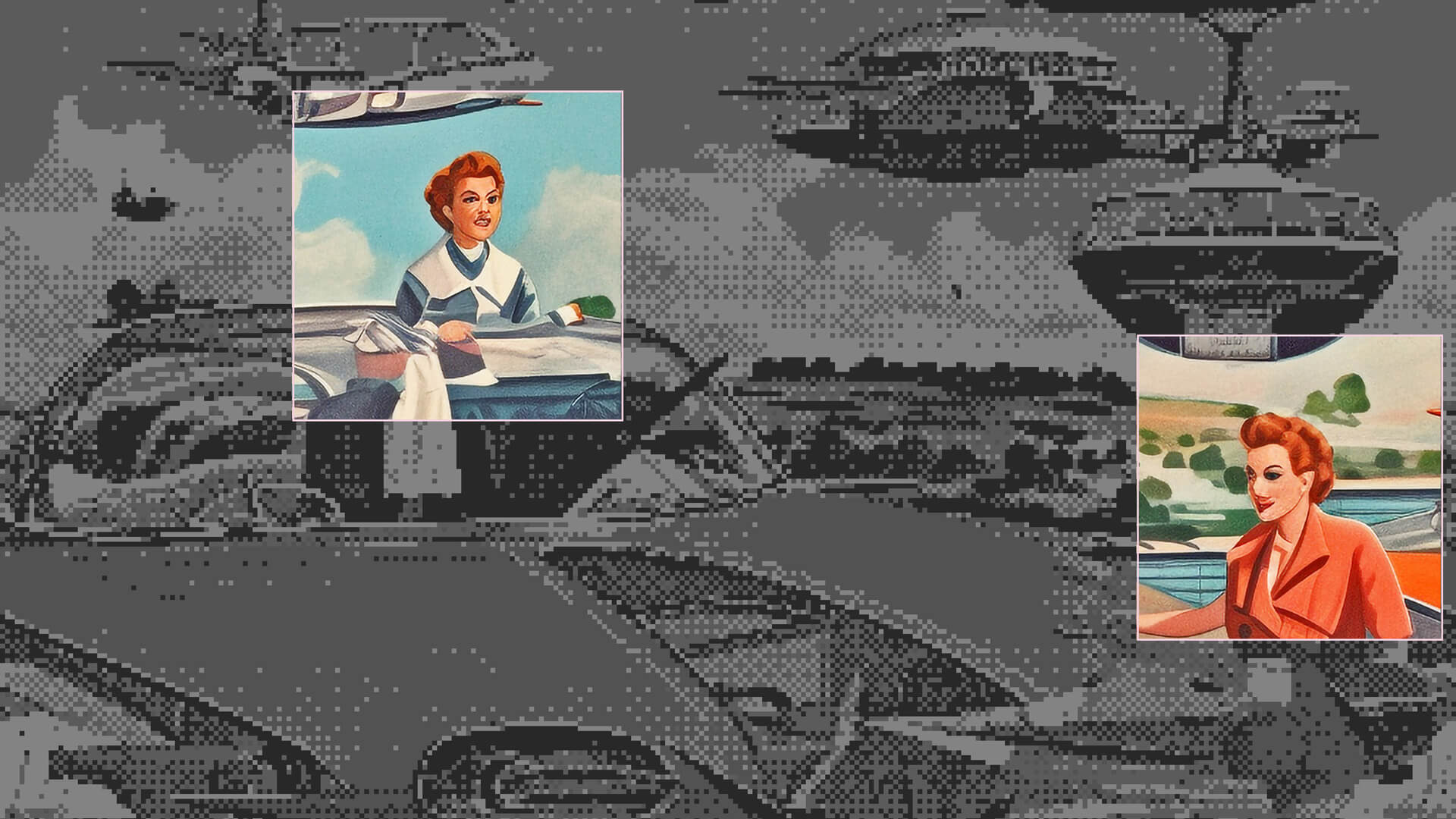
5. Design nascent paradigms
Sometimes it’s not enough to design for a new future; we also have to design the conditions and new thinking that make shaping nascent paradigms possible, reorienting how we define progress, value, and success
In the Beyond the Bag Challenge, IDEO worked with startups and major retailers to help define what it means to design solutions that restore and renew natural systems rather than deplete them. The collaboration led to a range of alternatives to single-use plastic bags, including biodegradable options and systems for recirculating bags. Within months, several prototypes were launched in major retailers and key markets.
Avoiding the used future in design means embracing techniques that encourage not just imagining transformative futures, but also those that help us surface and question possible outdated visions as well. If we don't notice the used future, we risk creating innovation theater, polishing legacy ideas instead of surfacing the truly new needs, emotions, and possibilities. By consciously moving beyond these old visions of what’s possible, we open ourselves to a broader spectrum of possibilities, enabling designs that are not only innovative but also deeply attuned to the evolving context of our world.
Looking to bring futuring into your own work? Get in touch.
Words and art

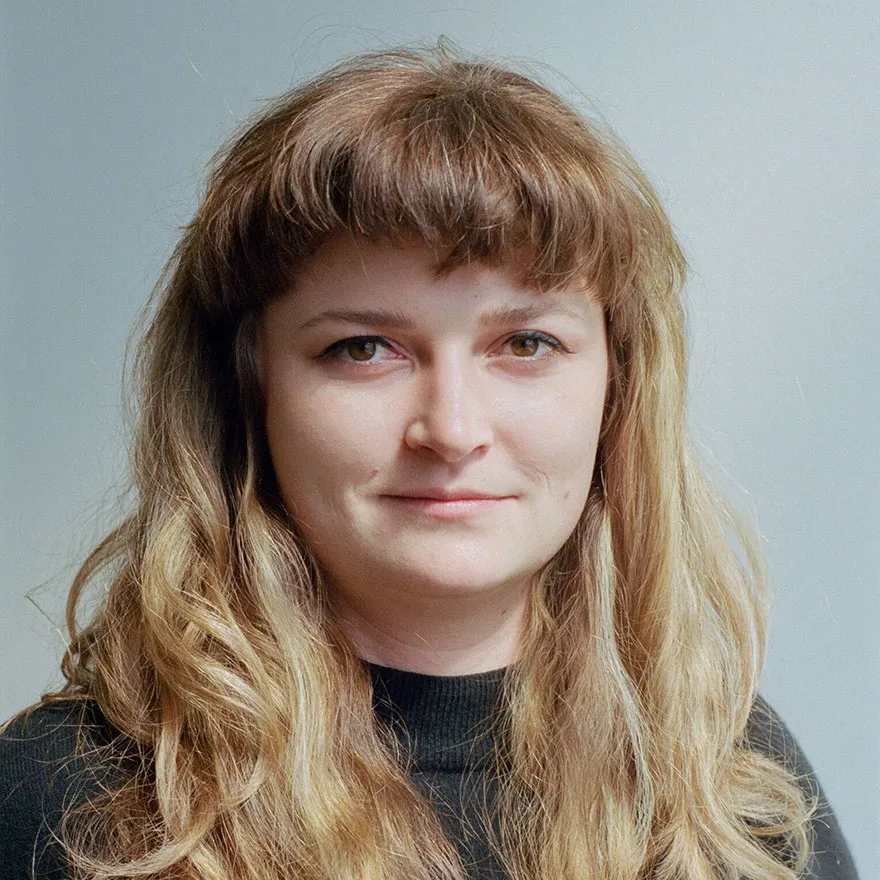
Subscribe

.svg)








